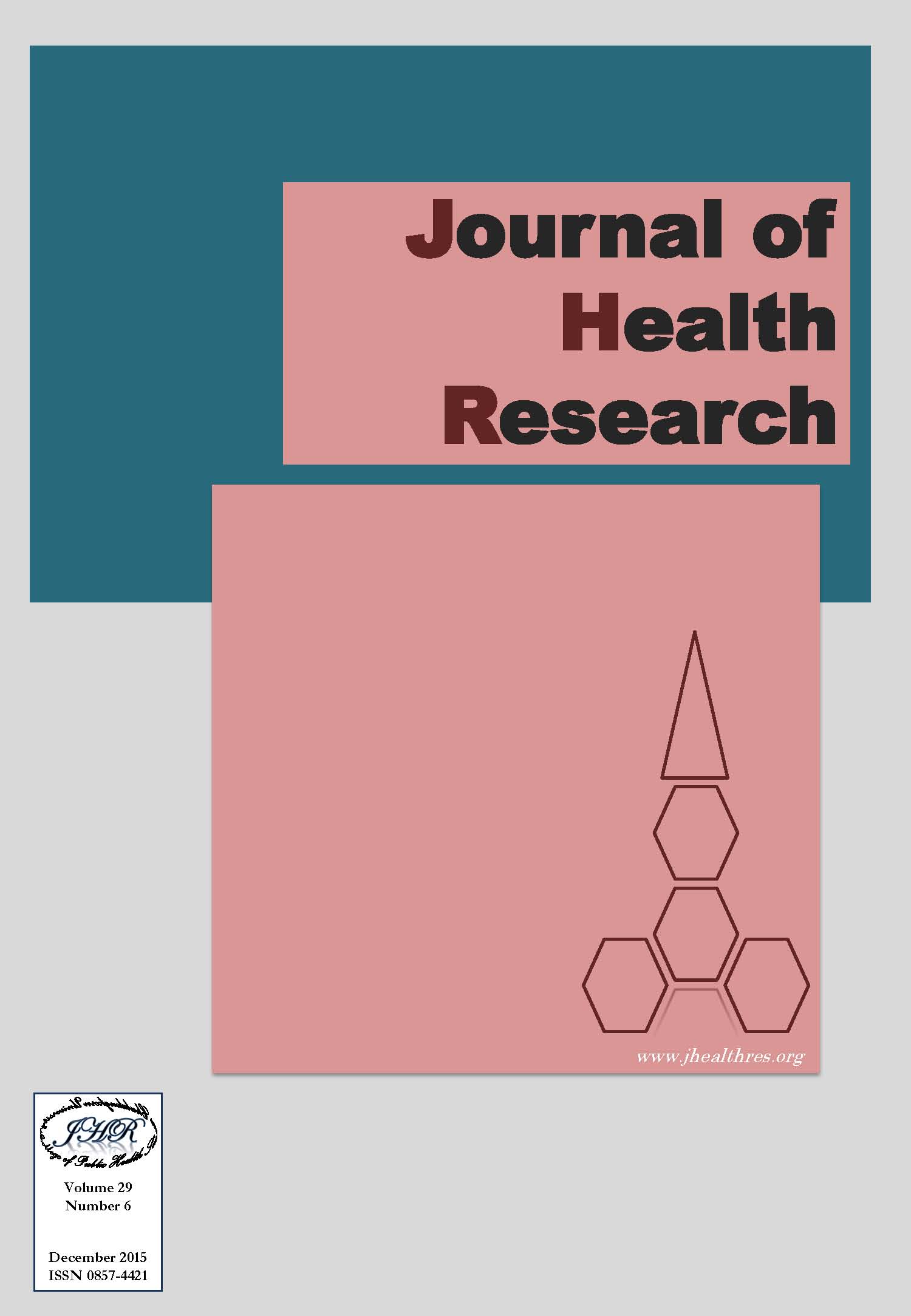Medical Records Management of Foreign Patients in Thai Border Hospitals
Keywords:
Medical records management, Information technology, Foreign patients, Thai border hospitalsAbstract
Background: Thailand has become a destination for medical tourism for many people from ASEAN countries and elsewhere. Thailand’s international borders are shared with Cambodia, Malaysia, Laos and Myanmar; consequently, people from these neighboring countries, many of whom are economic migrants, are treated in Thai hospitals. Their information may not be completely and accurately represented in these medical records and statistics.
Methods: Questionnaires were sent to 345 selected hospitals; including 30 general hospitals and 315 community hospitals. Data were collected from two staff members in participating general and community hospitals including the chief of medical records and the staff member responsible for medical information technology. The response rate of the questionnaires returned to the researcher was 56% and included 19 general hospitals and 175 community hospitals yielding, a total 194 participating hospitals. Respondents returned questionnaires to the researcher through the post. The data collected examined administration and management, problems that focused on medical records and medical information technology related to foreign patients.
Results: The study demonstrated that the primary problems with medical records for almost foreign patients from countries that border on Thailand included: a lack of a standard registration process, having incomplete data, poor communication, low language skills, inability to pay, and the absence of a foreigner medical records management policy.
Conclusions: The recommendations for developing and managing medical records are as follows: 1) Hospitals where there are many foreign patients should have a foreigner medical records management policy and a strategic plan to develop a medical records system, that includes a registration form (available in several languages), separate counter services, and a separate medical records collection zone. 2) All hospitals should have standard registration process that is supported by an appropriate and responsive computer program for foreign patients. 3) Border hospitals need to be prepared to serve people from other Asian countries. This service includes planning, organizing, directing, monitoring and evaluation control, healthcare worker allocation, budget, materials, and equipment. 4) Healthcare workers need to focus on gathering the patients’ histories by asking for their actual name, surname, parent’s names, occupation, address, telephone number, and identification number.







